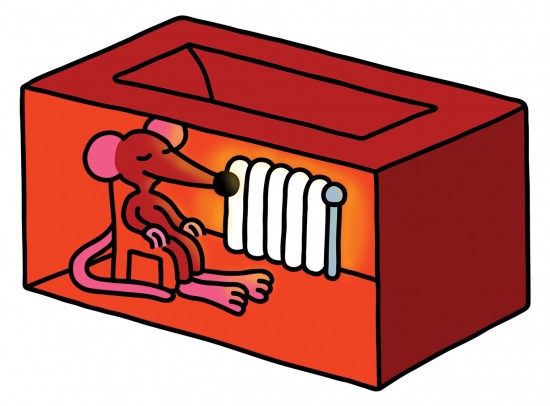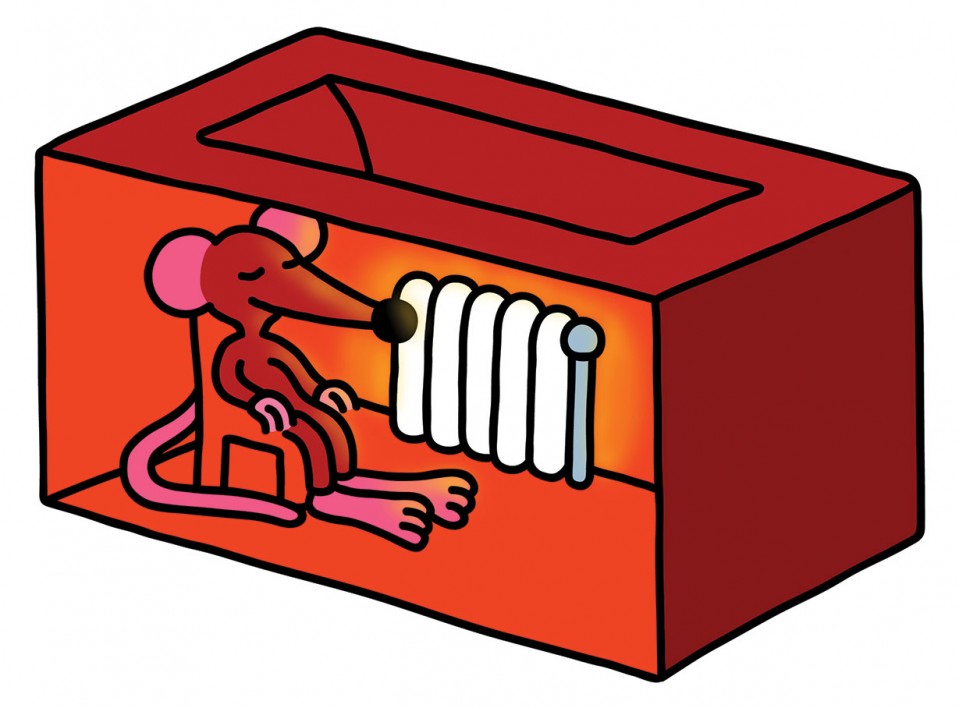Using Bricks to Store Electricity
Ancient tech could spur carbon-free energy.



Firebricks have been part of humanity’s technological arsenal for at least three millennia, since the era of the Hittites. Created with special heat-resistant clays fired at high temperatures, firebricks can withstand temperatures of up to 1,600 °C. Now a proposal from MIT researchers shows that this ancient invention could play a key role in helping the world shift away from fossil fuels.
The idea is to store excess electricity produced when demand is low—for example, from wind farms at night—by using electric resistance heaters, the same kind found in electric ovens or clothes dryers, which convert electricity into heat. The devices would use the excess electricity to heat up a large mass of firebricks, which can retain the heat for many hours, given sufficient insulation. Later, the heat could be used directly for industrial processes, or it could feed generators that convert it back to electricity.
The technology itself is old, but its usefulness in this context is due to the rapid recent rise of intermittent renewable energy sources and the peculiarities of the way electricity prices are set. Technologically, the system “could have been developed in the 1920s, but there was no market for it then,” says Charles Forsberg, SM ’71, ScD ’73, a research scientist in MIT’s Department of Nuclear Science and Engineering and lead author of a recent research paper describing the plan.
Forsberg says the demand for industrial heat is actually larger than the total demand for electricity, and unlike the demand for electricity, it is constant. Factories can make use of extra heat whenever it’s available, providing an almost limitless market for it.
The system, called FIRES (for “firebrick resistance-heated energy storage”), would in effect raise the minimum price of electricity on the utilities market. Electricity prices are determined a day in advance, with a separate price for each one-hour segment of the day. But that system can lead to odd outcomes when power is very cheap to produce. Because operating costs for solar, wind, and nuclear power are vanishingly small, the market price can plunge to almost zero when supply meets almost all the demand, rendering the plants uneconomical.
By diverting much of that excess output into thermal storage and making it possible to sell the heat later when it’s needed, FIRES could help make carbon-free power sources more profitable and thus encourage their expansion, Forsberg says.